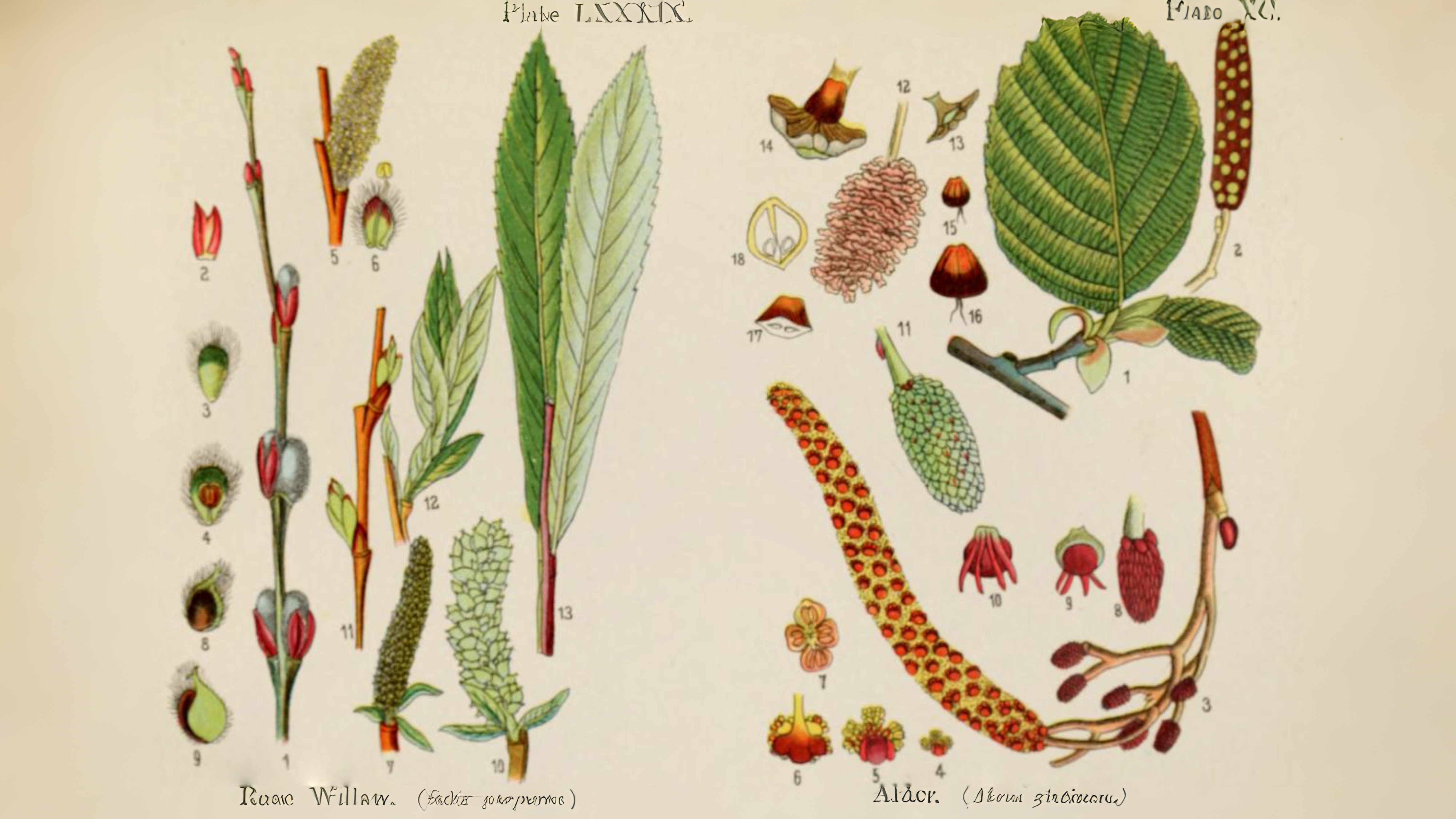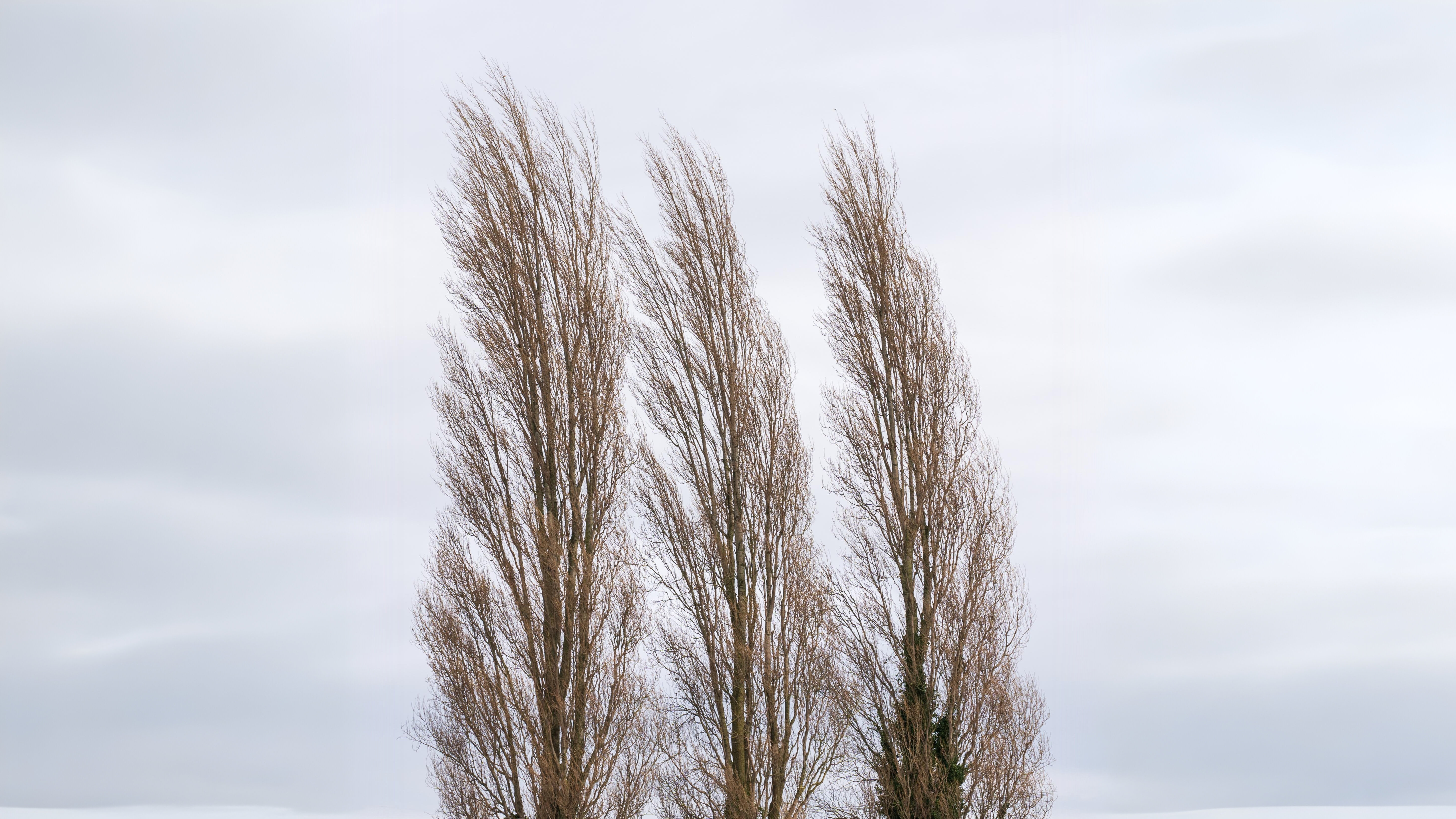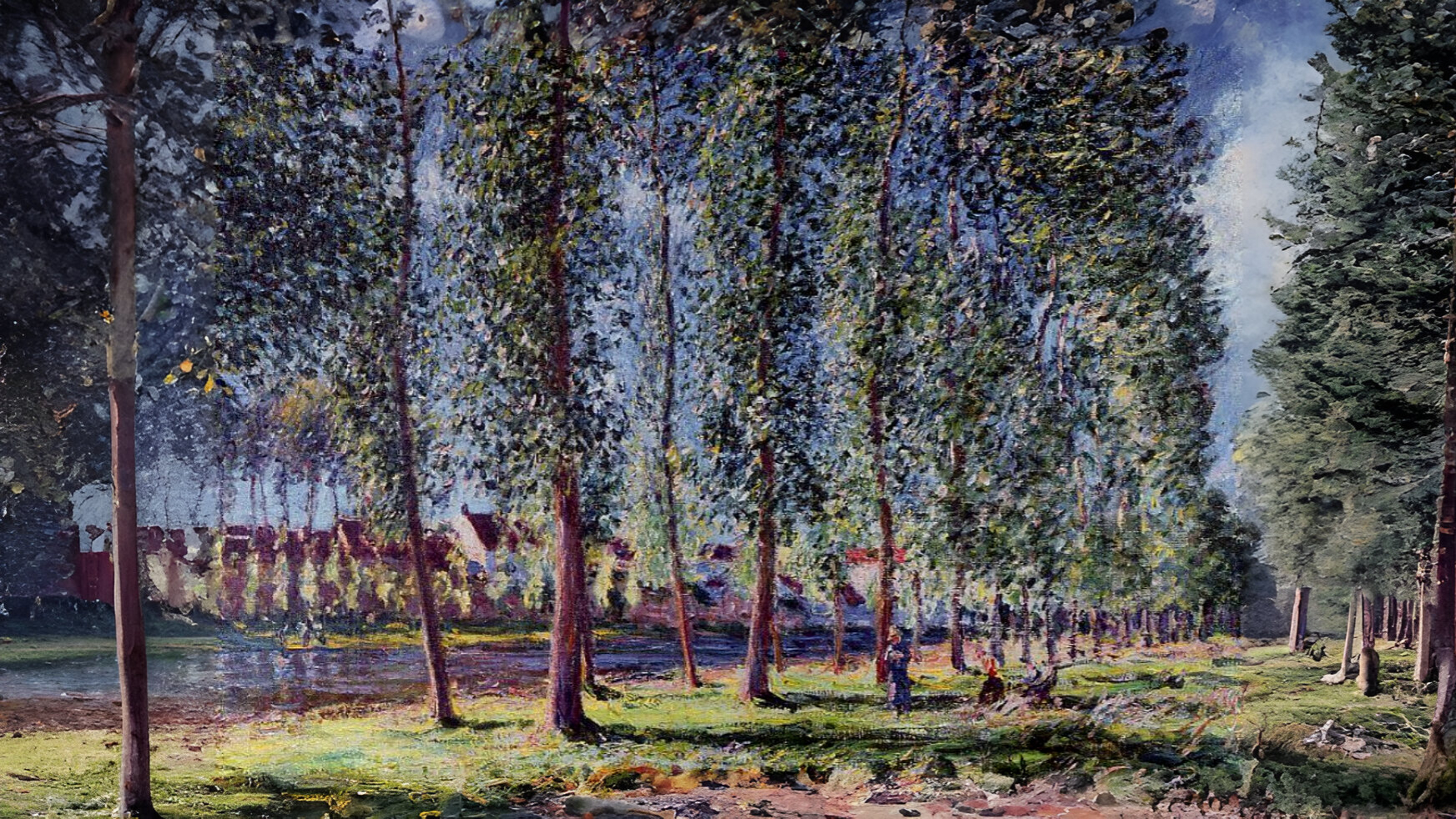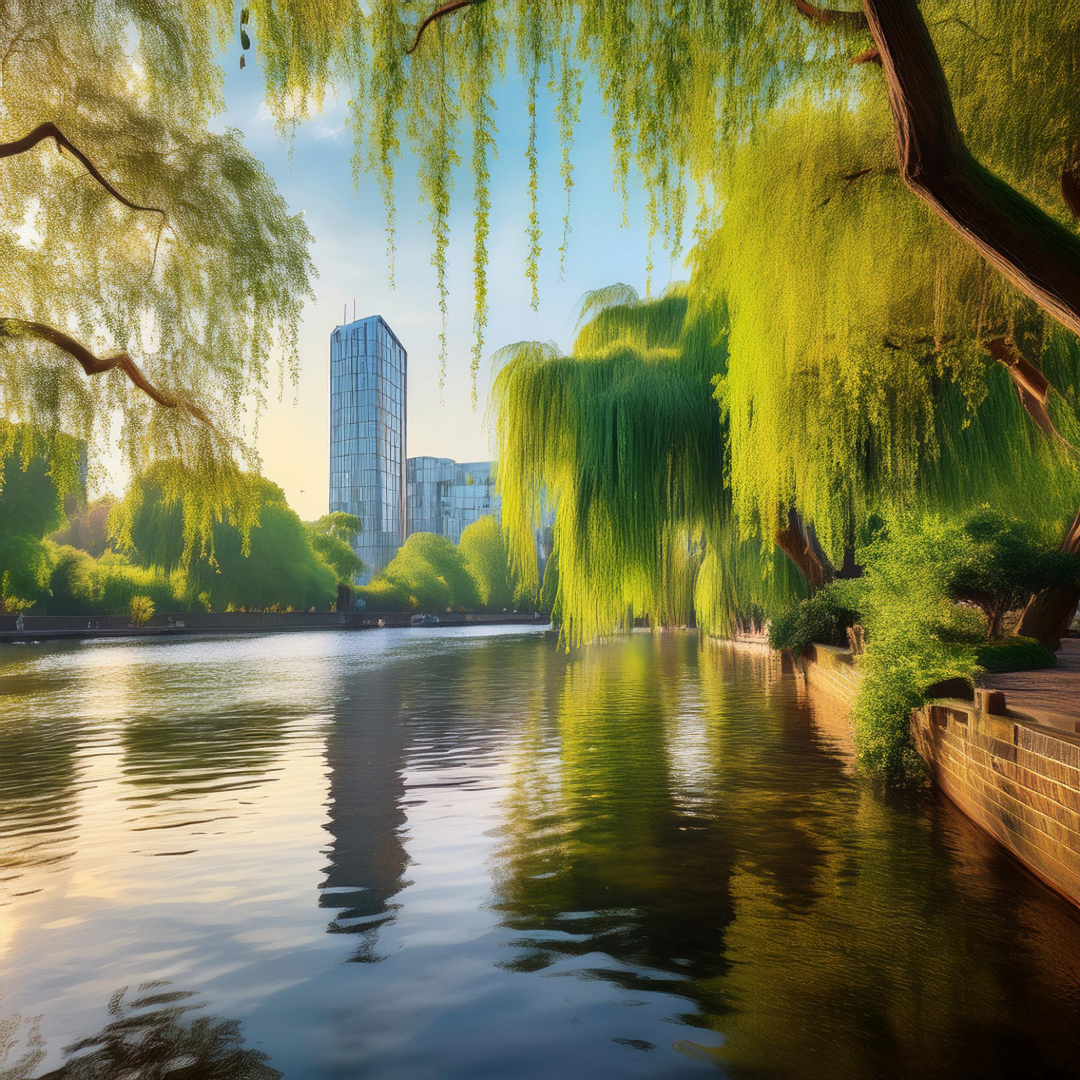
As March breathes life into London, willows and poplars take center stage. From the silvery catkins of goat willows to the crimson adornments of Lombardy poplars, these trees signal the arrival of spring. Discover the vibrant hues of unfolding leaves, the buzz of early insects, and the charm of rare weeping willows in gardens across the city. Whether it’s the trembling aspen or the fragrant black poplar, each tree tells a story of renewal. Join us on 25 March to explore the beauty and diversity of London’s willows and poplars. Don’t miss this celebration of spring’s first whispers!
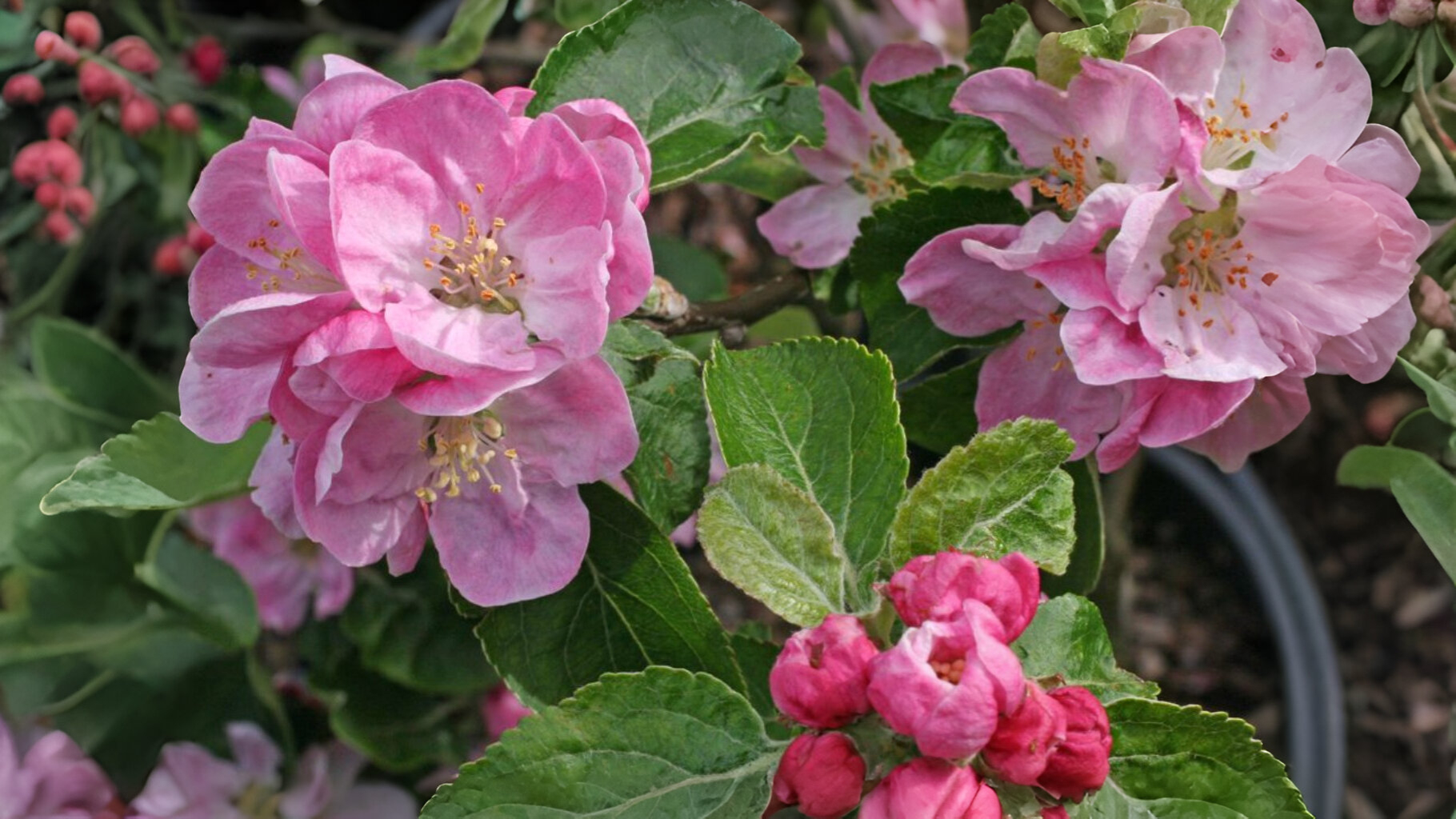

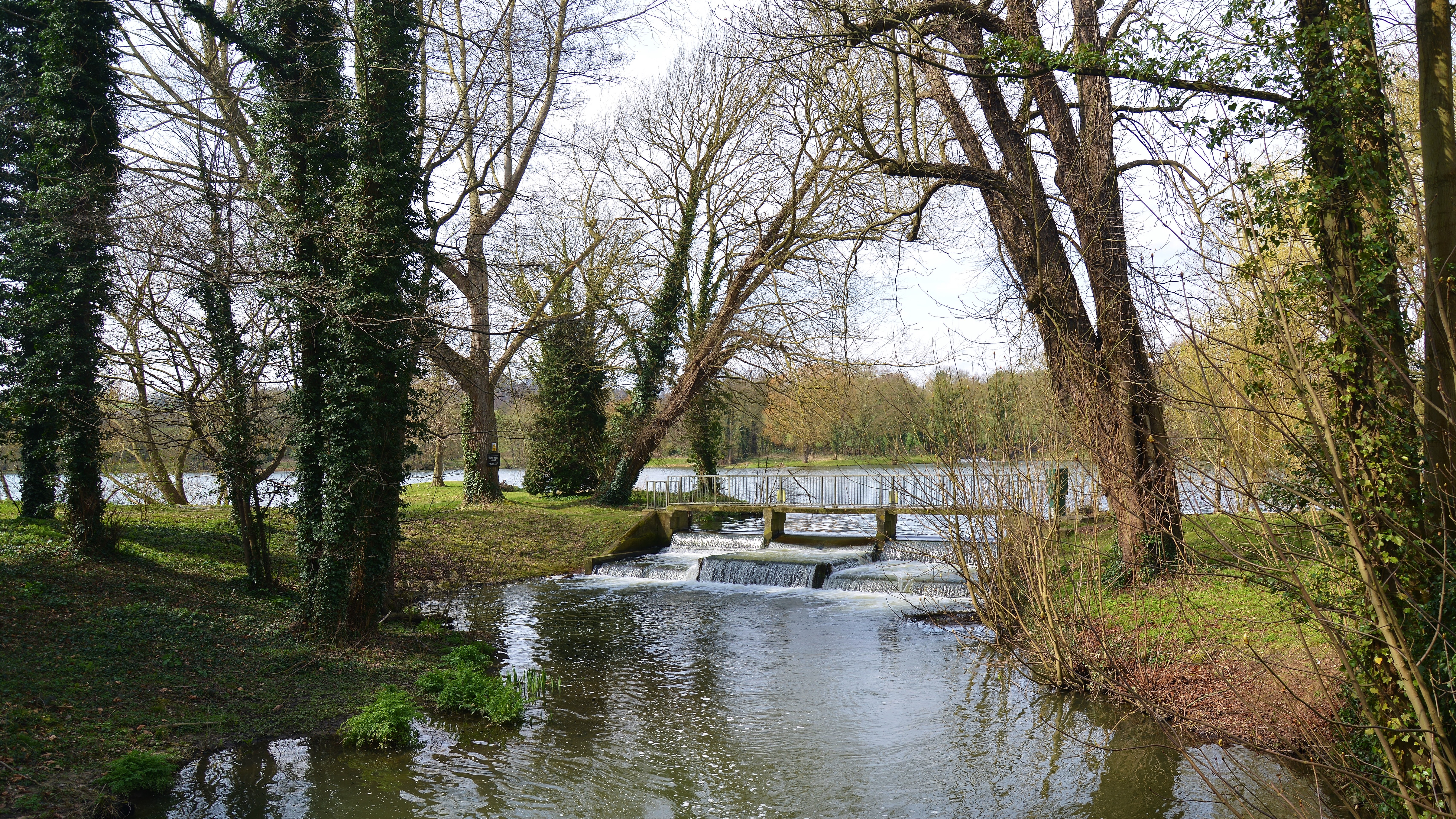

The other common tree now with bright green leaves is the hawthorn. Various species and cultivars of both willows and hawthorns provide much of the green colour in the first half of the month. There are probably in the region of thirty different willows existing in a semi-wild state in London and this is excluding the numerous different hybrids.
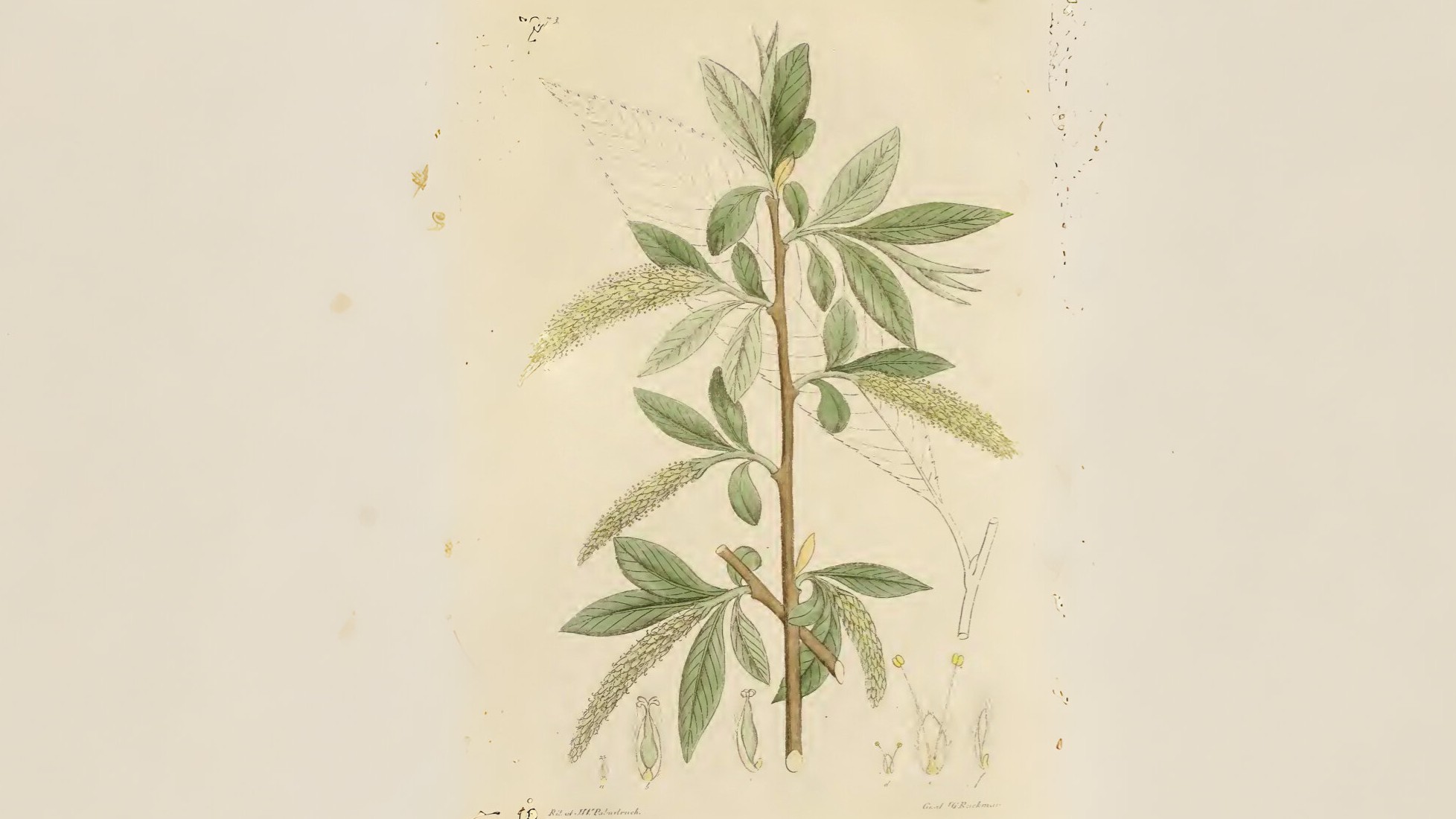

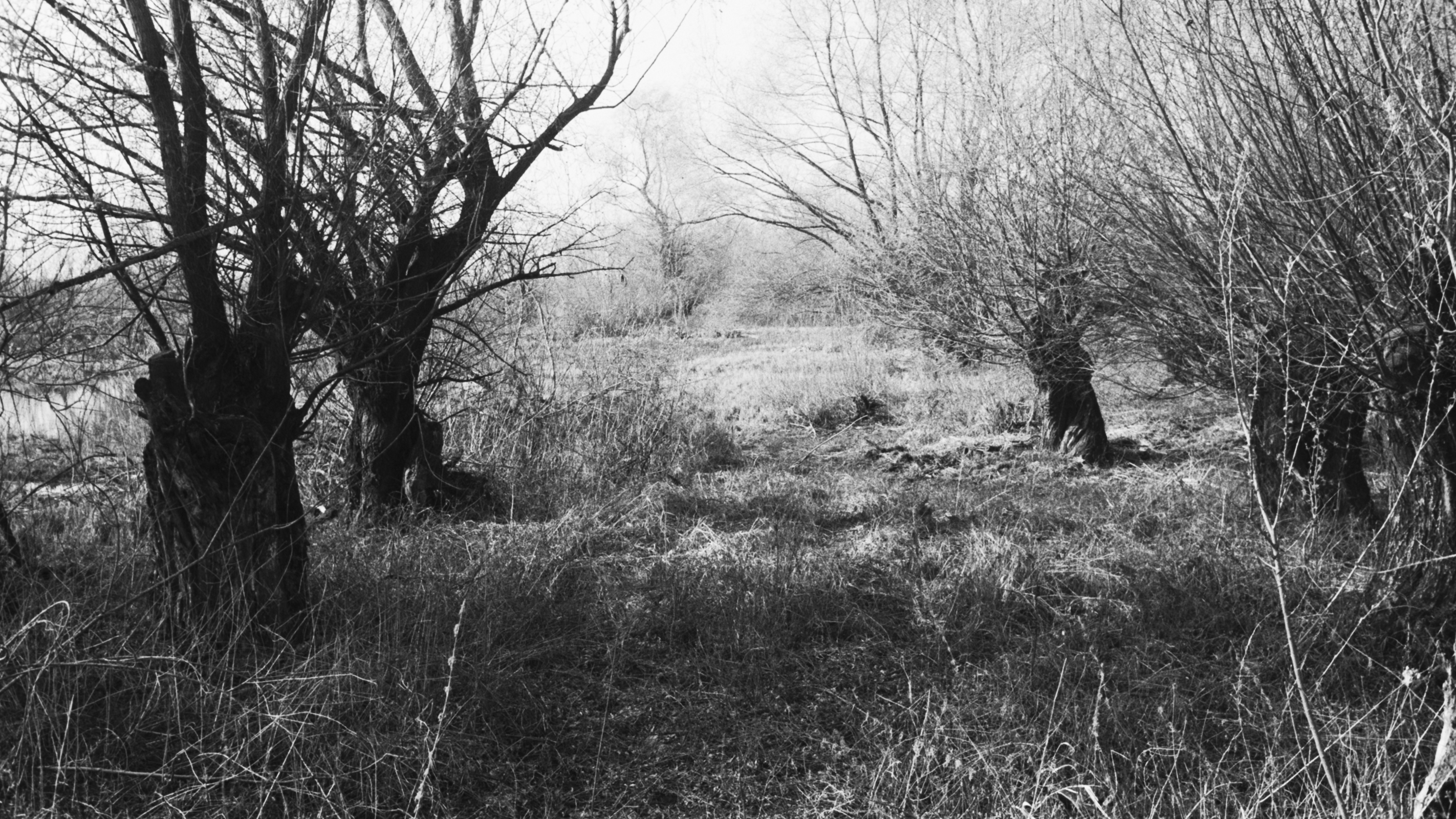

Poplars, like willows, are single sexed and they also hybridise freely. The white poplar Populus alba, grey poplar P. canescens and aspen P. tremula all do well in London, reproducing successfully by suckers. A rare weeping aspen Populus tremula ‘pendula’ with leaves that don’t tremble like other aspens can be found in Cannizaro Park.
